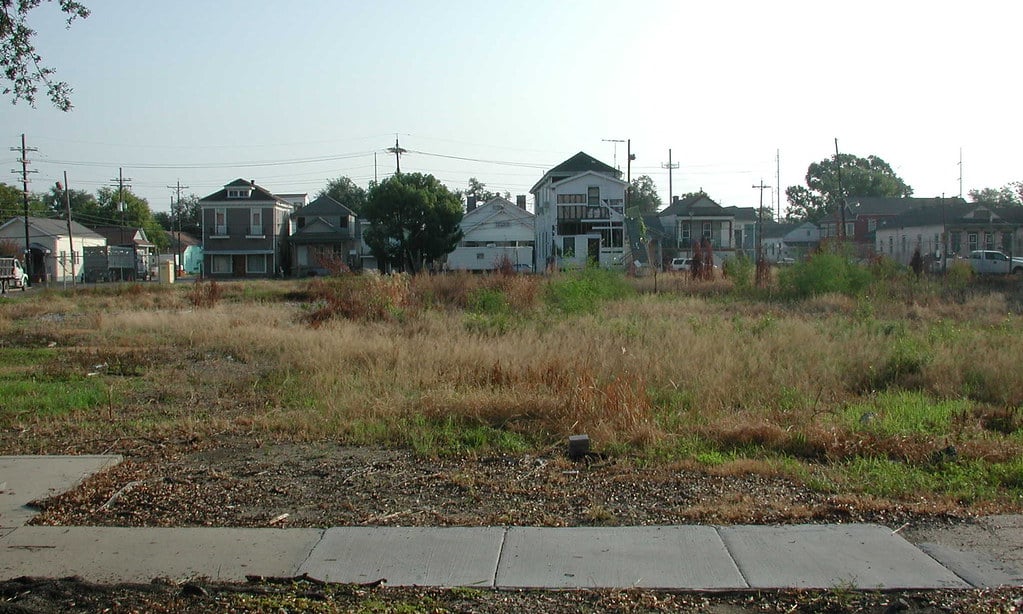Discovering the best house raising techniques can significantly enhance your living space and increase your property value. Imagine having breathtaking city views, extra functional rooms, and added safety from flooding—all without the need for extensive renovations. At Concepts Unlimited Design, we specialize in creating customized house raising plans tailored to your specific needs, ensuring a smooth and cost-effective process. Transform your home and elevate your lifestyle with our expert house raising solutions today!
House Raising Methods Explained: Slab vs. Pier & Beam vs. Full Basement
Slab Foundation
A slab foundation is one of the simplest and most cost-effective house raising methods. This technique involves pouring a single layer of concrete directly onto the ground, which serves as the base for the house. It’s particularly suitable for smaller homes and is a common choice for many house raising projects in Brisbane.
Pros:
- Cost-effective: One of the least expensive house raising techniques.
- Quick Installation: Can be completed faster than other methods.
- Minimal Excavation: Requires less digging compared to full basements.
Cons:
- Limited Access: Harder to access utilities underneath the house.
- Less Versatile: Not suitable for areas with high flood risks.
- Potential for Cracking: Concrete slabs can crack over time due to soil movement.
Pier & Beam Foundation
The pier and beam foundation is a popular choice for house raising projects that require more stability and flexibility. This method uses a series of concrete or steel piers driven into the ground, supporting beams that hold up the house. This is ideal for areas prone to flooding or soil movement.
Pros:
- Better Access: Easier to access plumbing and electrical systems.
- Flood Resistant: Elevates the house above potential flood levels.
- Flexibility: Can be adjusted to different soil conditions.
Cons:
- Higher Cost: More expensive than slab foundations due to additional materials and labor.
- Maintenance: Requires regular inspections to ensure stability.
Full Basement
A full basement is the most extensive house raising technique, involving lifting the house to construct a new basement underneath. This method maximizes the available living space and significantly increases the home’s value.
Pros:
- Additional Space: Adds a whole new level to the house, perfect for extra rooms or storage.
- High Return on Investment: Significantly boosts the property value.
- Enhanced Safety: Provides a safer refuge during severe weather conditions.
Cons:
- High Cost: The most expensive house raising method due to extensive excavation and construction.
- Time-Consuming: Takes longer to complete compared to other techniques.
- Structural Risks: Requires careful planning to avoid damage to the existing house.
Factors to Consider When Choosing a House Raising Technique
Choosing the right house raising technique involves evaluating several key factors:
- Soil Conditions: The type of soil on your property can influence the best raising method. For example, sandy soil may require different support structures compared to clay soil.
- Budget: Cost is a significant factor. Slab foundations are cheaper, while full basements are more expensive but offer more benefits.
- Flood Risk: In flood-prone areas, elevating the house using pier and beam or full basement techniques can provide better protection.
- House Structure: The existing house design and structure can determine which raising method is feasible. Older homes may need more careful handling.
- Local Regulations: Compliance with local building codes and obtaining necessary permits are crucial for any house raising project.
Cost Comparison of Different House Raising Techniques
Understanding the cost implications of each house raising technique can help homeowners make informed decisions.
Raising Technique | Average Cost (AUD) | Time to Complete | Suitable For |
Slab Foundation | $10,000 – $20,000 | 2-4 weeks | Small homes, low budgets |
Pier & Beam | $20,000 – $40,000 | 4-6 weeks | Flood-prone areas, flexible access |
Full Basement | $50,000 – $100,000+ | 8-12 weeks | High-value properties, maximum space |
Benefits and Drawbacks of Each House Raising Technique
Slab Foundation
Benefits:
- Economical: Best for budget-conscious homeowners.
- Fast: Quick completion time.
- Simplicity: Straightforward construction process.
Drawbacks:
- Limited Utility Access: Hard to reach plumbing and electrical systems.
- Less Flood Protection: Not ideal for high-risk flood areas.
- Potential Cracks: May develop cracks due to soil movements.
Pier & Beam
Benefits:
- Improved Access: Easier maintenance of utilities.
- Flood Protection: Elevated structure reduces flood damage risk.
- Adaptable: Works well with various soil conditions.
Drawbacks:
- Higher Initial Cost: More expensive than slab foundations.
- Ongoing Maintenance: Regular checks and maintenance needed.
- Complex Installation: Requires skilled labor and precise engineering.
Full Basement
Benefits:
- Extra Living Space: Adds significant usable space.
- Increased Home Value: Substantially boosts property value.
- Enhanced Safety: Offers a safer space during extreme weather.
Drawbacks:
- High Cost: Most expensive raising method.
- Time-Intensive: Takes longer to complete.
- Structural Risks: Potential risks during the raising process.
Engineering and Permitting Requirements for House Raising
Undertaking a house raising project requires careful planning and adherence to engineering standards and local regulations. Here’s a simplified three-step process to help you navigate the requirements:
Step 1: Initial Consultation and Planning
- On-Site Consultation: Meet with a building designer to discuss your project needs.
- Site Assessment: Conduct a thorough evaluation of the property, including soil testing.
- Design Plans: Develop comprehensive house raise plans tailored to your existing home.
Step 2: Engineering and Permits
- Engineering Analysis: Collaborate with structural engineers to ensure the integrity of the raise.
- Permits: Obtain necessary permits from local authorities, ensuring compliance with building codes.
- Utility Coordination: Plan for the disconnection and reconnection of utilities during the raise.
Step 3: Construction and Finalization
- Foundation Work: Begin with laying new foundations or piers.
- House Raising: Carefully lift the house to the desired height.
- Finishing Touches: Complete additional construction, such as retaining walls and new staircases.
Finding the Right House Raising Solution for Your Home
Choosing the best house raising technique involves weighing the benefits and drawbacks of each method and considering factors such as budget, soil conditions, and flood risk. Concepts Unlimited Design offers personalized house raising plans and expert consultation to ensure a smooth, cost-effective process tailored to your unique needs. Don’t miss out on transforming your home and increasing its value—get started with a free quote today and see how we can help you unlock the hidden potential of your property.


